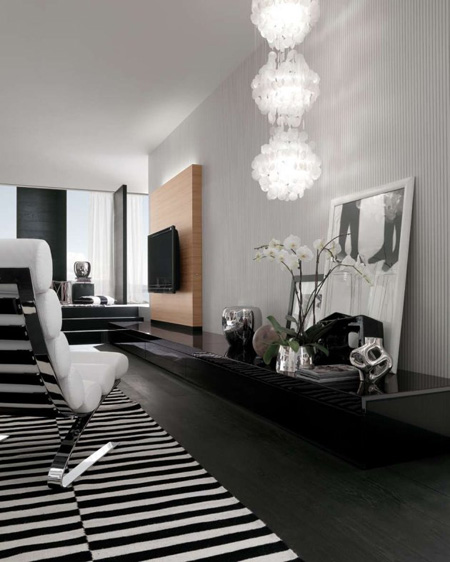How To Use Color And Create A Beautiful Home

Interior Design Colors Management

Interior Design Colors Management

Interior Design Colors Management

Interior Design Colors Management

The objective of any interior design coloring project is to create a layered look that gives a sense of harmony, completeness and personality to a room. Understanding how colors work together and how colors make you and your guests feel, is paramount for creating a successful room.
There are 8 components to color management:
1. Apply The Classic Interior Design Color Palette.
Every designer learns the classic rule of applying a 60-30-10 color palette: 60%: your main color, 30%: a secondary color, and 10%: an accent color. Pick your favorite color to be either the main, secondary or accent color.
2. Use Accessories for Color Accentuation. This tip saves time, saves money and offers unlimited variety. Accessories are easily changed, resulting in an instantly updated look over the seasons.
3. Match Color Values. Pay attention to the relative lightness and darkness (color value) of the colors on your palette. Stick to similar color values, if you have three colors.
4. Match Colors to Room Goals. First ask yourself 'What kind of feeling do I want to create?'. Then choose your color values in line with room objectives. Values determine moods. Neutrals create a quiet elegance. Pastels are peaceful and relaxed. Vibrant colors give energy and spice to another wise dull space. Take your pick, meaning: choose one mood; don't combine them within a room.
5. Create Color Oneness. If you are so besotted about one color that you wish for an all-one-color room, you can. You'll achieve a wonderful layered look by varying the color intensity in your monochromatic room color scheme.
6. Combine Opposites. Opposite colors look great together. One color can be the dominant color, the other either the secondary or the accent color. In your planning, try out what works for you: mix and match till you get it right, and then apply your coloring formula to your room.
7. Choose Calm Color Analogies. Create an analogous color range, by adding both colors that are adjacent to your favorite color on the color wheel. This usually gives a calming effect.
8. Include B/W. Don't forget to include a tat of black and white. Just as you would in a painting to make your colors 'pop', include some black and include some white in the overall color scheme



0 comments :
Post a Comment